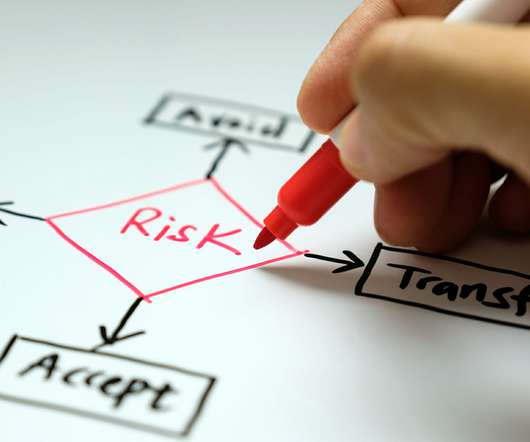These 8 Risk Domains Are the Meat and Potatoes of Risk Management
MHA Consulting
AUGUST 3, 2023
As a practical activity, enterprise risk management (ERM) centers on eight distinct risk domains, some strategic and some operational. With respect to this process, the total landscape of risk that is assessed and mitigated can be divided into eight risk domains. Risk management is not one-size-fits all.















Let's personalize your content